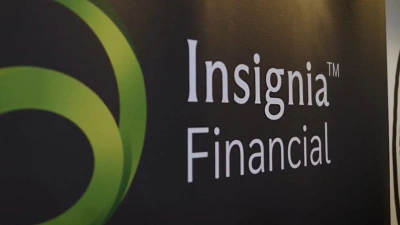Fundies unclear about additional fee structures


Certain fund managers appear to be unclear about all the intricacies of their own fee structures, making it difficult for both advisers and investors to ensure they are in line with investment goals, according to Morningstar.
The researcher assessed 82 investment strategies during its recent review of large-cap Australian share funds, 18 of which employed some form of additional performance-related charge. Only two of the 18 funds have the same tactics for the measurement of performance fees.
According to Morningstar’s Best Practice in Managed Fund Performance Fees report, the lack of consistency in performance fee structures stems from the corresponding lack of “any clear regulatory guidelines as to how the complex components of the performance fee structure should be displayed”.
This, in turn, made it much more difficult for investors to compare funds, the researcher stated.
Morningstar broke down a typical performance fee into its essential components and calculated the impact of different fee structures on investors’ funds over a decade.
“One of the highest impacts was the benchmark used. So if you’re using an absolute benchmark, if you’re saying ‘any positive performance – we will take a performance fee’, that is obviously the biggest performance fee,” said investment analyst Tom Whitelaw.
If the performance fee of 20 per cent was used on $100,000 over the decade, the difference between absolute and index-linked benchmarks could be up to $46,000 over 10 years.
“A number of fund managers also appear not to fully understand all the implications of their performance fee structures,” the report stated.
In order to avoid being overcharged, advisers and investors need to ensure that any performance fee is benchmarked to an appropriate index, and look for a low base fee – as it is a constant cost regardless of performance, according to Morningstar’s report.
“Ensure that the fund manager has to beat a reasonable hurdle before starting to accumulate performance fees,” the researcher suggested.
Recommended for you
Net cash flow on AMP’s platforms saw a substantial jump in the last quarter to $740 million, while its new digital advice offering boosted flows to superannuation and investment.
Insignia Financial has provided an update on the status of its private equity bidders as an initial six-week due diligence period comes to an end.
A judge has detailed how individuals lent as much as $1.1 million each to former financial adviser Anthony Del Vecchio, only learning when they contacted his employer that nothing had ever been invested.
Having rejected the possibility of an IPO, Mason Stevens’ CEO details why the wealth platform went down the PE route and how it intends to accelerate its growth ambitions in financial advice.














